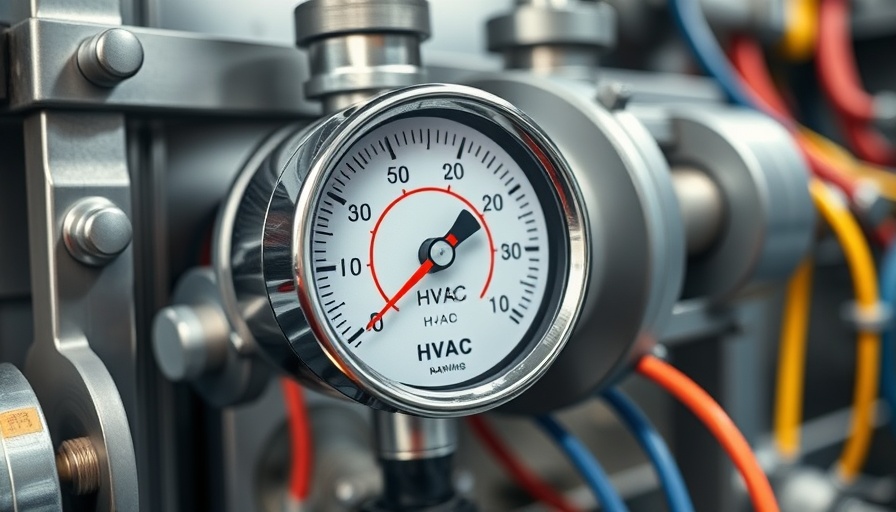
Mastering Troubleshooting: Avoiding Common HVAC Errors
When it comes to troubleshooting heating, ventilation, and air conditioning (HVAC) systems, even the most experienced technicians can make mistakes that lead to costly repairs and inefficient systems. With HVAC systems playing a crucial role in maintaining comfort and air quality in our homes, understanding and avoiding common troubleshooting errors is paramount. Let's dive into the key pitfalls to avoid and equip ourselves with knowledge to deliver efficient repairs.
Understanding the Core Issues
One common mistake is relying solely on pressure readings from just one side of the HVAC system. Technicians sometimes check only the low-side pressure, which can lead to erroneous conclusions about system performance. For accurate diagnostics, it’s critical to measure both the low and high-side pressures. Additionally, inspecting the condition of components like the evaporator coil is essential—an iced evaporator can mislead technicians into believing the system is simply low on charge.
Overlooking Essential Components
Another prevalent error happens when technicians fail to assess starting components when a compressor won’t start and keeps cycling on overload. A locked-rotor or faulty starting components, such as the start relay or capacitor, could be the issue. It's important to check these first before declaring the compressor as faulty, which not only saves the technician time but also conserves resources.
The Importance of Thorough Inspections
Taking the time to perform a thorough inspection can often mean the difference between a quick fix and a lengthy repair process. For instance, a misdiagnosed refrigerant leak could lead technicians to waste hours troubleshooting due to a malfunctioning leak detector. Before using these tools, always test their functionality to avoid unnecessary downtime.
Avoid Rushing Into Conclusions
In the fast-paced world of HVAC, it might be tempting to rush through diagnostics to address customer demands swiftly. However, being lazy can result in critical oversights. One technician’s haste led to an electrical short that burned a hole in a system's capillary tube. Therefore, always ensure that jumpers are securely attached—loose connections can cause more damage and lead to additional repairs.
Harmonizing HVAC Knowledge with Practice
A successful technician is one who blends technical knowledge with practical skills while conducting routine checks. Familiarity with common operational issues—like the effects of air filters on airflow—can greatly influence overall system performance. Filters that are too restrictive can reduce airflow and stress the system, leading to unforeseen failures down the line.
Conclusion: Upholding Standards in HVAC Practices
Staying informed about common troubleshooting mistakes can elevate a technician’s performance in the HVAC industry. By prioritizing thorough inspections, understanding system intricacies, and resisting the urge to rush, technicians can enhance their effectiveness and become invaluable resources to their companies and customers alike.
Equipped with this knowledge, you're positioned to tackle HVAC challenges confidently and efficiently. The next step is to continuously seek education and training to stay updated within the rapidly evolving HVAC landscape. Let’s elevate our standards and turn common mistakes into lessons of opportunity!
 Add Row
Add Row  Add
Add 




Write A Comment